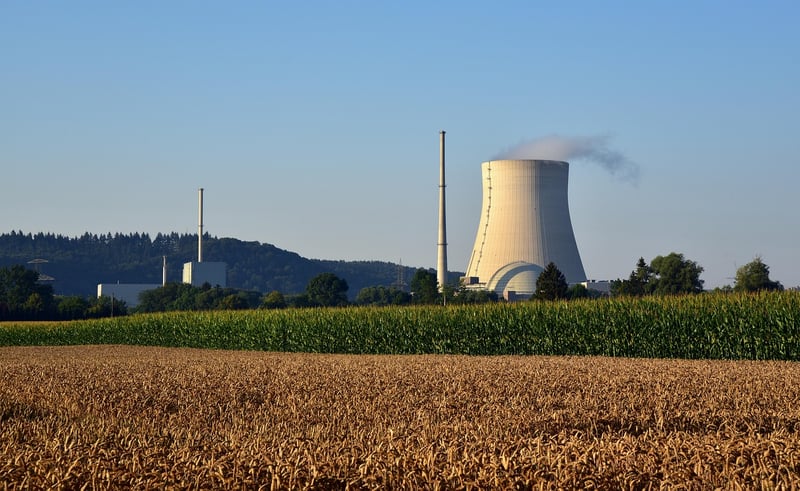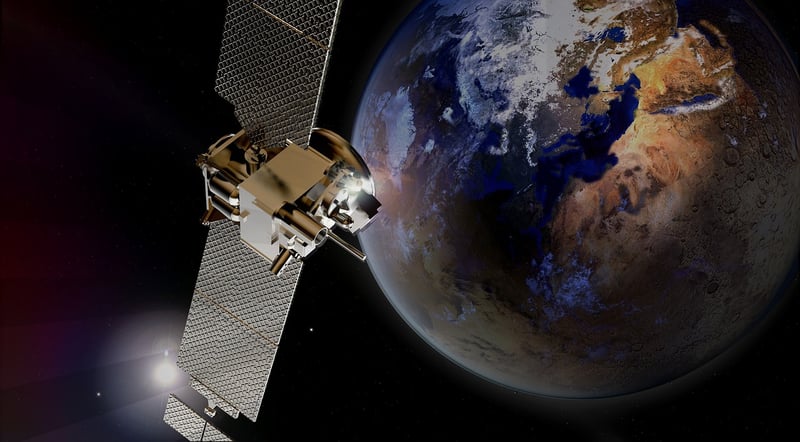Deep Space Probes
The Future of Space Exploration: Innovations in Deep Space Probes
Space exploration has always captured the imagination of humanity, pushing the boundaries of what is possible. One of the key technologies driving this exploration forward is deep space probes. These unmanned spacecraft are designed to travel vast distances, sending back valuable data about distant planets, asteroids, and other celestial bodies. Let's delve into some of the cutting-edge innovations that are shaping the future of deep space probes.
1. Ion Propulsion Systems
Ion propulsion systems are revolutionizing deep space travel by providing a more efficient way to propel spacecraft over long distances. Unlike traditional chemical propulsion systems, ion thrusters generate thrust by ionizing propellant and expelling it at high speeds. This technology allows probes to reach higher speeds and travel greater distances with less fuel consumption.

2. Autonomous Navigation
Deep space probes are now equipped with advanced autonomous navigation systems that enable them to make independent decisions based on real-time data. These systems utilize artificial intelligence and machine learning algorithms to analyze surroundings, avoid obstacles, and adjust their trajectory accordingly. This autonomy is crucial for probes operating in remote regions of space where communication delays make real-time control impossible.

3. Sample Return Missions
Sample return missions involve collecting samples from celestial bodies, such as asteroids or comets, and returning them to Earth for detailed analysis. These missions provide scientists with invaluable insights into the composition and history of these bodies. Innovative technologies, such as precision landing systems and sample caching mechanisms, are making these missions more feasible than ever before.

4. Laser Communication Systems
Laser communication systems are transforming how deep space probes transmit data back to Earth. Unlike traditional radio frequency communication, lasers can send data at much higher speeds, allowing for quicker and more efficient transmission of large amounts of data. This technology is essential for future missions that require high-resolution imaging and real-time communication with Earth.

5. Nuclear Power Sources
Deep space probes often operate in environments where solar power is limited or unreliable. Nuclear power sources, such as radioisotope thermoelectric generators (RTGs) or nuclear reactors, provide a reliable source of energy for powering spacecraft systems and instruments during long-duration missions. These power sources enable probes to explore distant regions of space where traditional power systems would be insufficient.

With these innovative technologies driving the development of deep space probes, the future of space exploration looks brighter than ever. From ion propulsion systems to autonomous navigation and sample return missions, these advancements are paving the way for humanity to venture further into the cosmos than ever before.
